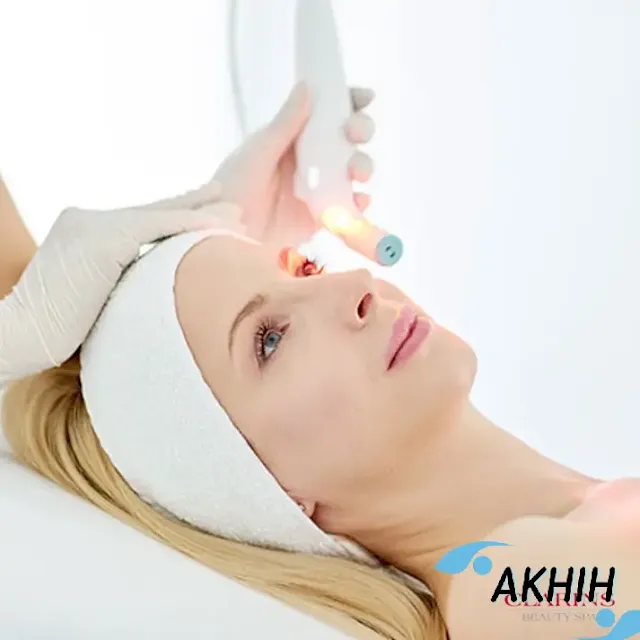Are you considering Bloomea treatment but concerned about potential side effects? Understanding the risks and benefits is essential before undergoing any cosmetic procedure. In this comprehensive guide, we'll explore the side effects associated with Bloomea treatment and provide valuable insights to help you make an informed decision.
Understanding Bloomea Treatment Side Effects
Bloomea treatment, also known as microdermabrasion, is a popular cosmetic procedure designed to exfoliate the skin and improve its texture and appearance. While it is generally considered safe, there are some potential side effects to be aware of.
Common Side Effects
Like any cosmetic procedure, Bloomea treatment may cause some temporary side effects, including:
- Redness and irritation
- Minor swelling
- Sensitivity to sunlight
These side effects typically subside within a few hours to a few days after treatment. However, it's essential to follow post-treatment care instructions provided by your dermatologist to minimize discomfort and promote healing.
Less Common Side Effects
In rare cases, Bloomea treatment may lead to more severe side effects, such as:
- Hyperpigmentation
- Scarring
- Infection
While these side effects are uncommon, they can occur, especially if proper pre and post-treatment care is not followed. It's crucial to choose a qualified and experienced dermatologist or skincare professional to perform Bloomea treatment to reduce the risk of complications.
Managing Side Effects
If you experience any side effects following Bloomea treatment, there are several steps you can take to manage them effectively:
- Apply a gentle moisturizer to soothe irritated skin
- Avoid direct sunlight and use sunscreen with high SPF
- Avoid picking or scratching treated areas to prevent scarring
- If you notice any signs of infection, such as increased redness, swelling, or pus, contact your dermatologist immediately
FAQs About Bloomea Treatment Side Effects
Can Bloomea treatment cause permanent damage to the skin?
While rare, severe side effects such as scarring or hyperpigmentation can occur. However, choosing a qualified professional and following proper aftercare can minimize the risk of permanent damage.
Is Bloomea treatment safe for all skin types?
Bloomea treatment is generally safe for most skin types. However, individuals with certain skin conditions or sensitivities may be at a higher risk of experiencing side effects. It's essential to consult with a dermatologist before undergoing treatment.
How long do Bloomea treatment side effects last?
Most side effects, such as redness and swelling, typically subside within a few hours to a few days after treatment. However, more severe side effects may take longer to resolve.
Can I wear makeup after Bloomea treatment?
It's best to avoid wearing makeup immediately after Bloomea treatment to allow your skin to heal properly. Your dermatologist will provide specific guidelines on when it's safe to resume your regular skincare routine.
Are there any long-term side effects of Bloomea treatment?
While long-term side effects are rare, prolonged or repeated exposure to Bloomea treatment may increase the risk of skin damage. It's essential to follow your dermatologist's recommendations for the frequency of treatments and practice good skincare habits to maintain healthy skin.
Conclusion
In conclusion, Bloomea treatment is a popular cosmetic procedure that can effectively improve the appearance of the skin. While it is generally safe, there are potential side effects to be aware of, ranging from mild irritation to more severe complications. By understanding these risks and following proper pre and post-treatment care instructions, you can minimize the likelihood of experiencing adverse effects and achieve optimal results from Bloomea treatment.


Comments
Post a Comment